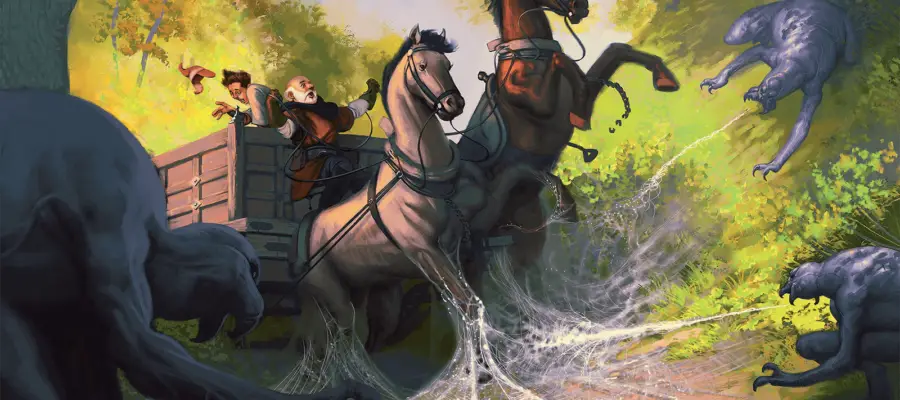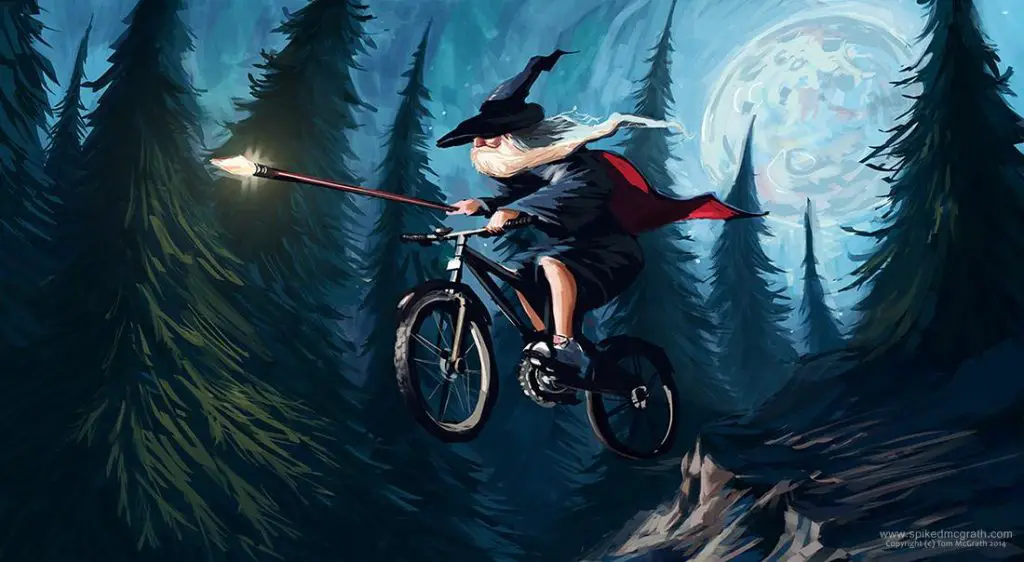Featured passive perception D&D 5e image credit to Wizards of the Coast’s D&D 5e Hoard of the Dragon Queen adventure module book.
Disclaimer: This article contains affiliate links that add gold to our coffers.
Traps, secret doors, and skulking assassins are aspects of D&D that test a character’s ability to observe surroundings accurately. Many of D&D 5e’s core rules depend on the Perception skill. This dependence is what makes Passive Perception so important.
I’ll provide everything you need to know about Passive Perception to play and run a game of Dungeons & Dragons Fifth Edition. Even a veteran player can learn something about this topic. I also intend to clarify why Perception is the best skill in the game, and why every character should seek Perception proficiency.
Let’s go through FAQs and advanced concepts regarding Passive Perception.
What Is Passive Perception?
Characters face many threats along their path. Mysterious details may dot a hallway, but does the character notice it? Passive Perception works as a skill score “floor” of sorts to represent a character’s keen senses. Passive Perception sets the DC for details to slip by. One example is a Stealth roll to hide where a Rogue needs to tie or beat a guard’s PP.
Perception usually relies on sight, but some abilities focus on senses like smell or hearing. Canine beasts, for example, often have keen senses of smell that give them advantage on Perception checks that rely on smell. A creature’s ability to perceive may be hindered by sensory hindrances like fog or loud noises, referencing rules for obscurement and lighting in the PHB.
Passive Perception is also integral to how hiding (Stealth) rules work in D&D 5e. Hidden creatures reveal themselves if they are uncovered within a perceptive creature’s line of sight. Mechanically, this means a creature whose Passive Perception beats a creature’s Stealth (Dex) roll to hide will perceive the hiding creature.
Because of its involvement with so many codified aspects of 5e, Perception is easily the most broadly valuable skill in the game.
When Should a DM Use Passive Perception?
DMs usually won’t need to ask for a Perception roll since Passive Perception will usually do that trick. Characters may experience circumstances where they may be especially suited to perceive something their Passive Perception wouldn’t, so the DM may give them a chance to roll for potential success. Good roleplaying may provide such a roll. If a character rolls lower on a Perception check than their Passive Perception score, the Passive Perception score is used instead.
In other words, DM discretion decides when to roll Perception checks, but Passive Perception should be the norm. DMs ought to jot down each player character’s Passive Perception score, noting circumstances that increase or decrease those scores (more on that later). DMs avoid revealing information to players by noting the Passive Perception scores.
I’ve received pushback on Passive Perception as a skill floor, so I’ll expound on that. I believe a DM should make a binary choice to use Passive Perception or not for the whole game, not in instances. Making the call to use rolls in instances can confuse players at best and erode trust at worst. After all, if the DM sometimes uses Passive Perception but other times does not, it can feel like they’re hoping you fail with a lower roll. Passive Perception is effectively a skill floor if you use it because why would you roll except to do better? As Jeremy Crawford, lead designer for 5e, points out in Sage Advice, why roll to notice something you could’ve already noticed passively? (many online 5e players and DMs see Jeremy as making a house rule here, but I believe he’s pointing out the game’s core design, and anything else would be a house rule)
There is also a difference between the general rules for Passive Checks and Passive Perception. The rules for Passive Checks are effectively the old-school “taking 20” rules for when you spend enough time to assumedly succeed at a task without needing to roll (5e Passive Checks give you 10, not 20). However, Passive Perception is a core part of the game that other rules are reliant on.
For example, from the Hiding rules:
Passive Perception. When you hide, there’s a chance someone will notice you even if they aren’t searching. To determine whether such a creature notices you, the DM compares your Dexterity (Stealth) check with that creature’s passive Wisdom (Perception) score, which equals 10 + the creature’s Wisdom modifier, as well as any other bonuses or penalties. If the creature has advantage, add 5. For disadvantage, subtract 5. For example, if a 1st-level character (with a proficiency bonus of +2) has a Wisdom of 15 (a +2 modifier) and proficiency in Perception, he or she has a passive Wisdom (Perception) of 14.
PHB chapter 7
That’s just one example of many. D&D 5e books are riddled with references to Passive Perception. It’s even on the official character sheets. There’s a feat devoted to it that doesn’t help with Perception rolls, just Passive Perception. That seems very strange if Passive Perception isn’t relevant, right?
In my opinion, it’s clear that D&D 5e is designed to always have Passive Perception as a core game mechanic, not a pick-and-choose rule. It should be applied as a binary “always used” or “never used” game mechanic, not a DM fiat rule. I highly recommend running D&D 5e with Passive Perception always on. I don’t see value in running Perception mechanics otherwise. Do you?
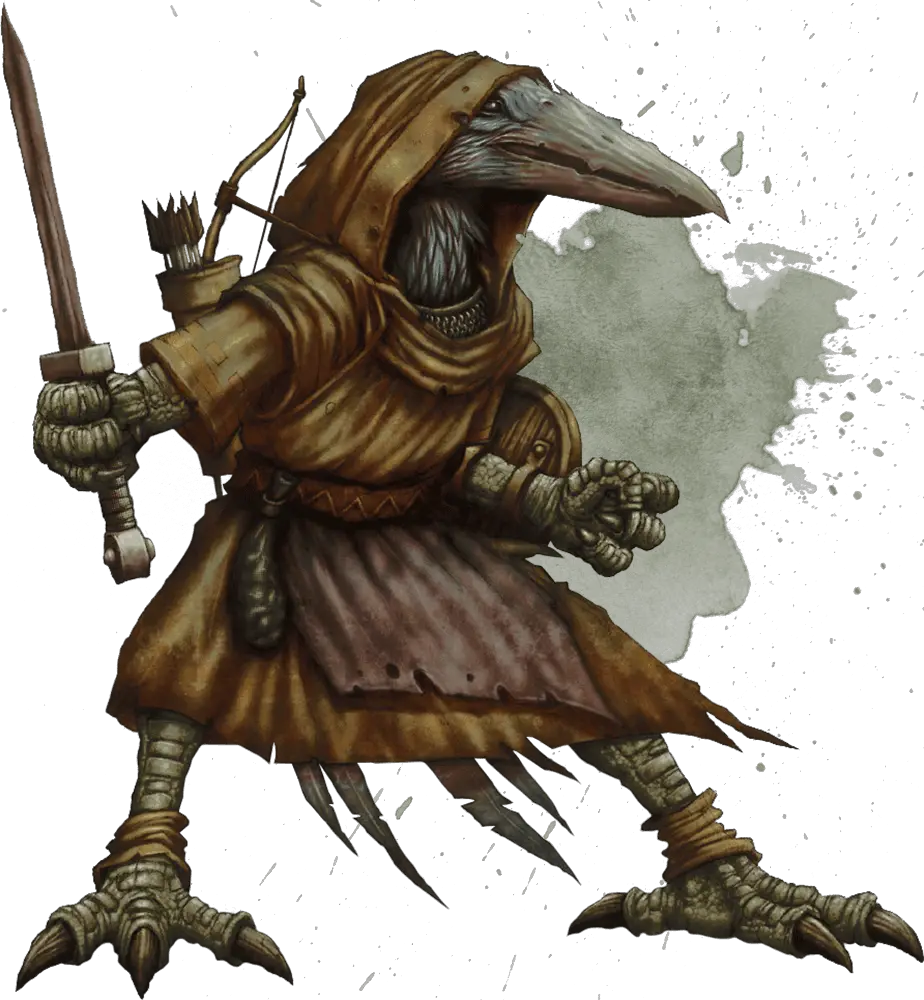
Calculating Passive Perception (and Other Passive Checks)
The base number for a passive skill check is ten plus relevant modifiers for a particular skill or tool (10+X). Modifiers include ability score modifiers, proficiency bonuses, class features, etc.
10 + Wisdom Score Modifier + Proficiency Bonus (if proficient)
Add or subtract 5 for advantage or disadvantage
Characters who would roll a skill check with advantage can add +5 to their passive check (the loosely average benefit of advantage on a d20 roll). Similarly, disadvantage results in -5 to a passive check.
For example, a first-level character with Perception proficiency will add +2 to Passive Perception, followed by the character’s Wisdom modifier (+2 if Wisdom is fourteen or fifteen). This fledgling character will have a respectable Passive Perception of fourteen.
Additionally, the PHB p.182 “Noticing Threats” section says a group traveling at a fast pace has a -5 to Passive Perception. This could stack with disadvantage to potentially cause -10 to Passive Perception. An example of this would be running through misty woods.
How Does Dim Light Affect Passive Perception?
Dim light causes a character to roll Perception checks with disadvantage. As mentioned a moment ago, disadvantage translates to -5 to passive skill checks like Passive Perception. You can reference rules for dim light on p.183 of the PHB. On that same page, you can read about lightly obscured areas. Dim light counts as a lightly obscured area. Creatures have disadvantage on Perception checks that rely on sight when they’re in lightly obscured areas.
Darkness blinds creatures. The Blinded condition in the PHB does three things: (1) a creature auto-fails ability checks that rely on sight, (2) creatures have advantage to attack a blinded creature, and (3) the blinded creature has disadvantage on attack rolls. The first point is the important part when talking about Perception.
A creature in darkness won’t perceive anything as it’s effectively blind. You ignore Passive Perception if the creature relies on sight and is in darkness. Mechanically, the creature in darkness automatically fails to perceive anything. A DM may rule whether sight is the only factor in perceiving something in a given instance.
You might assume that darkness doesn’t matter to creatures with darkvision, but that’s false. Darkvision allows a creature to see in darkness as if it is dim light instead. Dim light still inflicts disadvantage on Perception checks that rely on sight. Darkvision is still extremely useful, but a creature should remain wary of what it might fail to spot in the dark.
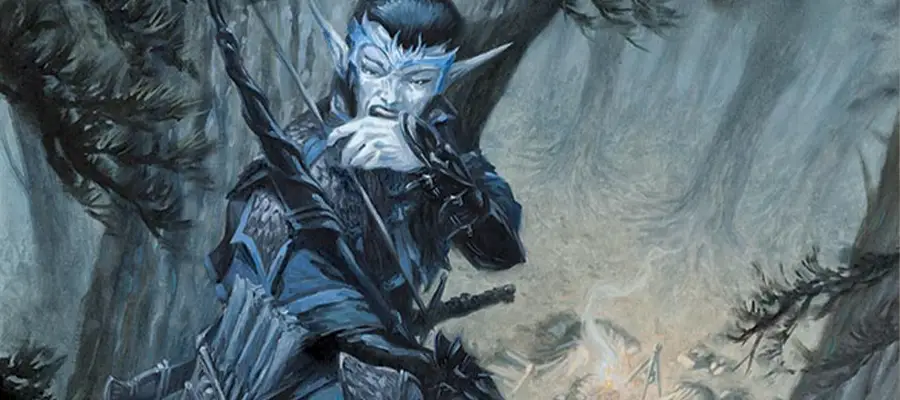
How Does Sleep Affect Passive Perception?
Being asleep is interpreted as having the Unconscious condition. The description for the Unconscious condition says the creature is unaware of its surroundings. This isn’t worded well for game-mechanic clarity, but the intent is that a sleeping creature will probably not notice what’s going on around it unless something wakes it up.
The DM decides what would feasibly awaken a creature, though spells like Sleep provide specific clauses for waking. Passive Perception and slumber will rarely interact outside of long rests.
Xanathar’s Guide to Everything provides alternative rules for sleeping and waking someone up: “Whispers don’t disturb sleep, unless a sleeper’s passive Wisdom (Perception) score is 20 or higher and the whispers are within 10 feet of the sleeper. Speech at a normal volume awakens a sleeper if the environment is otherwise silent (no wind, birdsong, crickets, street sounds, or the like) and the sleeper has a passive Wisdom (Perception) score of 15 or higher.”
Why Is Passive Perception More Important Than Other Passive Skills?
Passive Perception is the only passive skill on the basic D&D 5e character sheet. It’s important because it’s the core mechanic for noticing secret doors, environmental details, and hidden creatures. You can avoid ambushes and detect oddities with a high Passive Perception.
The most important of the uses I mentioned is detecting hidden creatures. You may want to brush up on how surprise rules work in D&D 5e by reading this article I wrote to explain it: “How Does ‘Surprise’ Work? D&D 5e Rules Explained.”
When a creature is hidden from you or attempts to use the hide action, it rolls a Stealth (Dexterity) check contested by your Passive Perception. Beating your Passive Perception will result in the creature hiding from you. Once a creature becomes hidden from your character, you can use the search action to spot the creature. You must inherently beat your Passive Perception with your roll because you know your Passive Perception wasn’t high enough.
Other skills don’t rely on contests against hidden creatures and lurking mysteries, so they typically use rolls instead of passive scores (DMs can rule otherwise if it suits the game). It’s essential to know your Passive Perception and whether or not you should find ways to improve it.
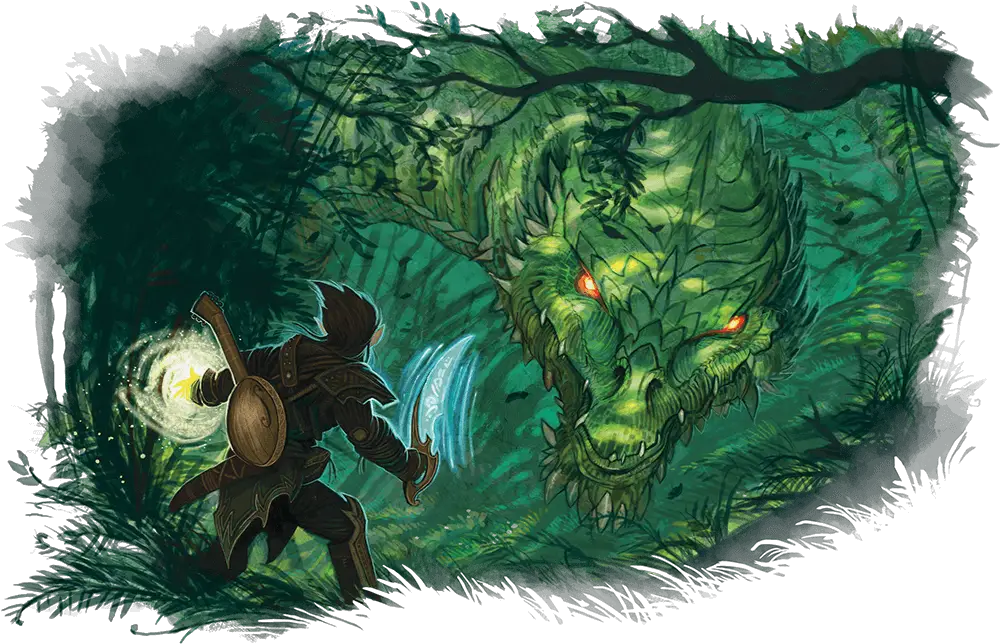
How Can I Boost My Passive Perception Score?
The Observant feat can boost your Passive Perception, or you can take the Alert feat to settle for avoiding ambushes while boosting your Initiative bonus (critically valuable).
Anything that gives you advantage on Perception rolls will be valuable for temporarily boosting your Passive Perception when it matters most. One spell that can provide you with advantage in this way is Enhance Ability with its Owl’s Wisdom option.
Expertise (Rogues and Bards) can be massive for boosting Passive Perception and scaling it as you level. I highly recommend one of your Expertise choices be Perception. You can double your proficiency bonus for this invaluable skill.
Obtaining Beasts with High Passive Perceptions
Your character’s Passive Perception may suck. For DMs, your monsters may not be wise enough to spot the party’s ambush coming. But you know who is exceptionally sharp? Several beast pets might hang around for symbiotic benefits. Other monsters may be more perceptive, but beasts are easier to tame, train, and domesticate. Low-level spells focusing on beasts are evidence of the game’s intent to make beasts useful at low levels. Spells help characters befriend and weaponize critters.
While beasts are helpful for the Passive Perception scores, Beasts and other companions won’t automatically prevent you from being surprised when you’re ambushed by hidden creatures. Surprises are determined individually, not as a team. If you can spot threats before an ambush is sprung, however, a pet’s keen senses may save your life.
Birds: Several avian allies have decent Passive Perception scores, such as the Giant Eagle or Hawk/Falcon. Their base-fourteen PPs are boosted to nineteen because of their Keen Sight abilities, which give perception advantage when relying on sight.
Familiars: Spellcasters can acquire familiars that mimic the form and abilities of small animals. One of the best familiars is the Owl. Its PP is thirteen, but it boosts to eighteen because of Keen Sight relying on sight. Being a familiar makes up for the slightly lower Passive Perception compared to other birds.
Watchdog: Mastiffs possess a base Passive Perception of thirteen. That score increases to eighteen after gaining advantage from Keen Hearing and Smell (when hearing or smell are relevant to perceiving). This wolf-sized pup is an excellent companion for a lonely adventurer who is vigilant for trouble but in need of a more discerning friend.
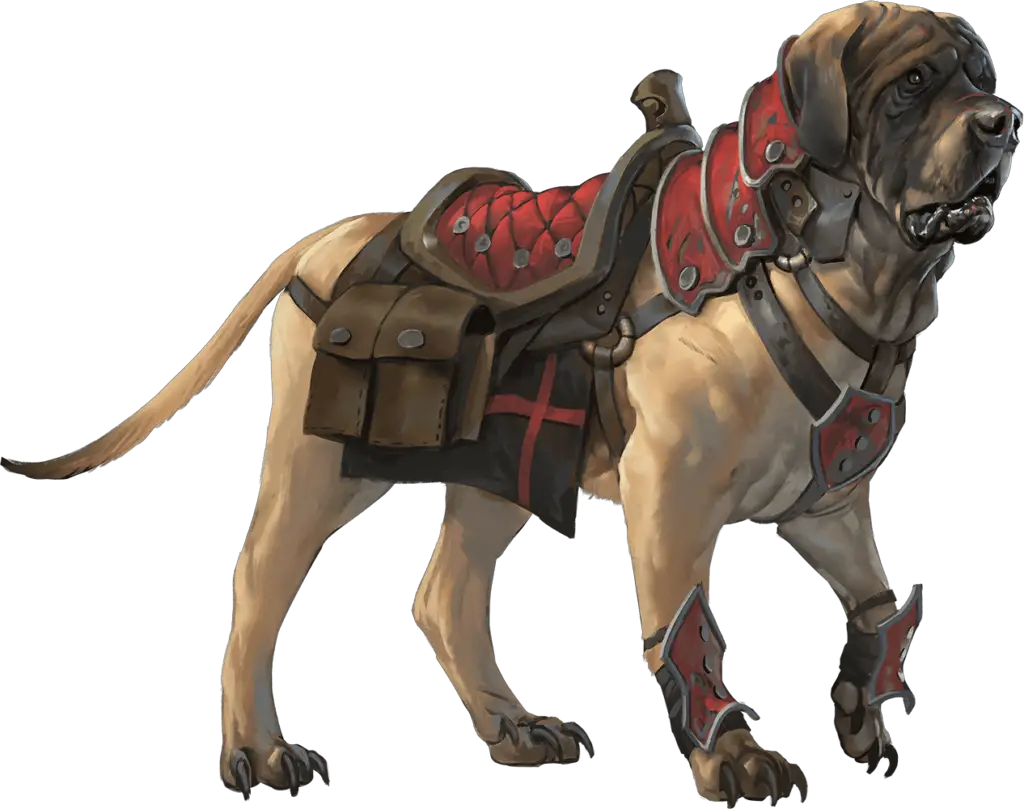
Perception and Invisibility
Being invisible does not mean you’re location is unknown. Even invisible creatures need to use the Hide action. If an enemy casts Invisibility, you will still know where it is unless it uses the Hide action and rolls well enough on Stealth to beat your Passive Perception. You can use the Search action if they’re hidden to try and beat their Stealth.
Invisibility really only allows you to Hide when you normally couldn’t because you’d be in plain sight. The invisible condition treats you as if you are heavily obscured (similar to a Fog Cloud blocking vision). Being invisible is still useful for attacking a creature since you get the benefits of being unseen (advantage on attacks). Being unseen also means enemies will have disadvantage to attack you. Your location will be known unless you are hidden (Hide action).
Here’s a YouTube Short I made about being invisible in D&D 5e.
Audible Distance
This is not an official rule in a book, but it comes from one of the first DM screens produced for D&D 5e. There was a reference table for audible distance. Depending on how you were moving, you could be heard at certain distances:
- Trying to be quiet 2d6 × 5 feet
- Normal noise level 2d6 × 10 feet
- Very loud 2d6 × 50 feet
This table suggests approximately 60 feet as the normal audible distance when you’re being very loud. This makes sense with spells like Thunderous Smite and Thunderwave having a greater audible distance of 300 feet.
I didn’t know about the audible distance from the original 5e DM screen until a YouTube comment pointed it out (thanks, Rob). I thought it was interesting enough to include in this article for your consideration.
Are You Convinced Perception Is the Best Skill?
Characters with high Perception bonuses will always be glad to have them. High Passive Perception scores will keep a character out of traps, aware of ambushes, informed on crucial information, and more. I recommend Perception for any character. When assassins come knocking, you can’t rely on one perceptive character to help all of you. Invest in Perception because it can save your life.
What questions have I missed regarding Passive Perception? Share your questions by casting Message in the comments section below. I want this resource to be top-tier for you and your fellow players. Help me achieve my goal by adding your brain power!
You can also settle for leaving a rating with your digital thumb below.
You can find resources for players and game masters here at Flutes Loot. We have hundreds of articles to help you with your game, so check them out. You can also visit our homepage to discover our latest articles about D&D 5e and other TTRPG-agnostic topics.
Have a lovely adventure this weekend, and take care!

